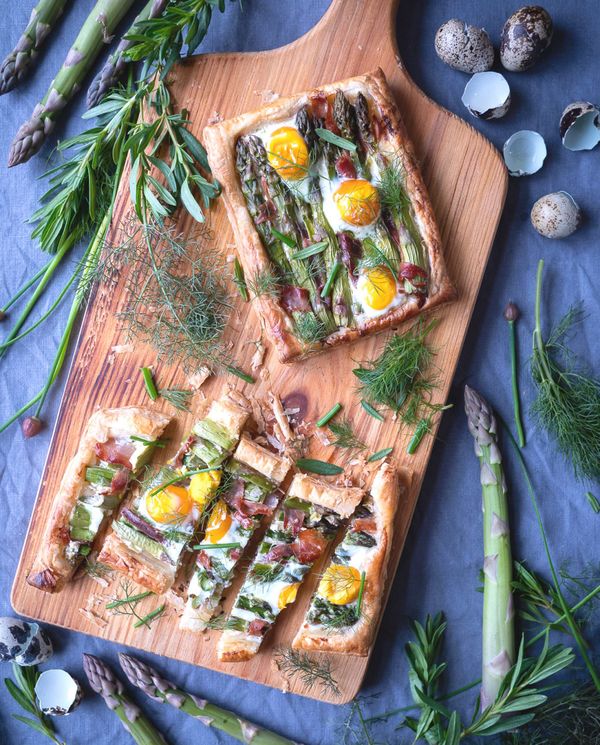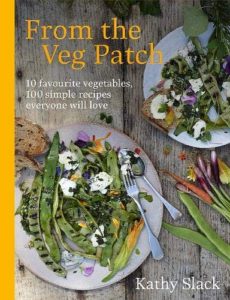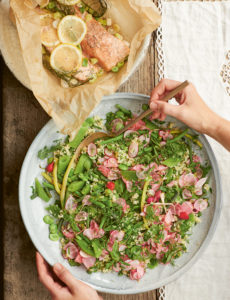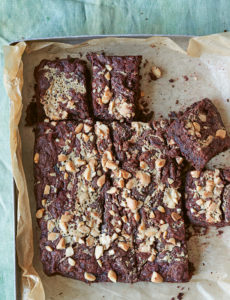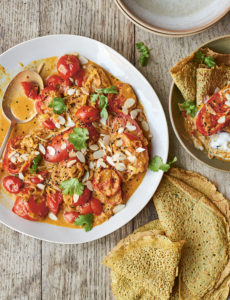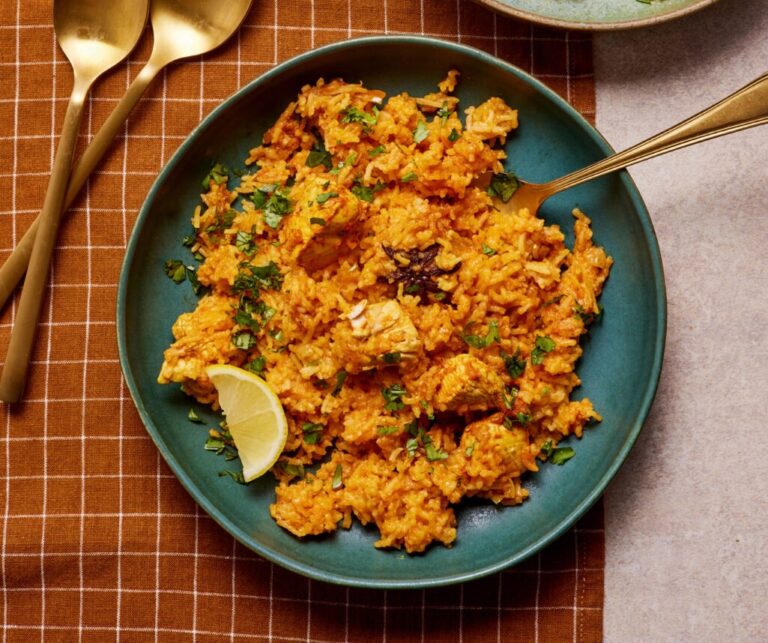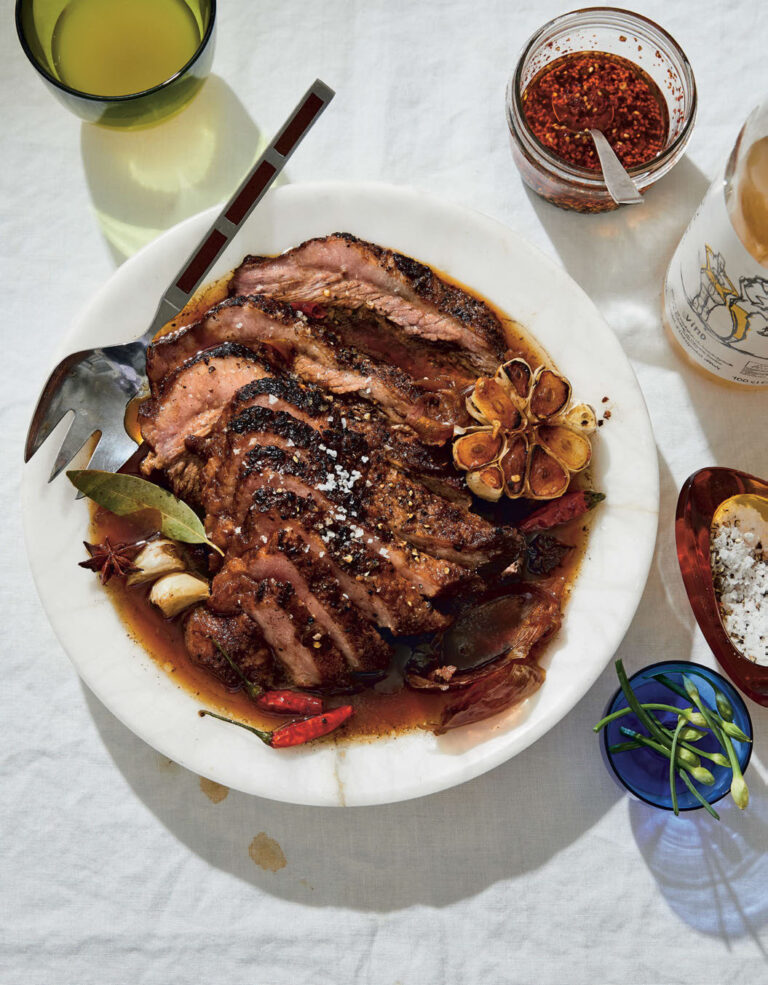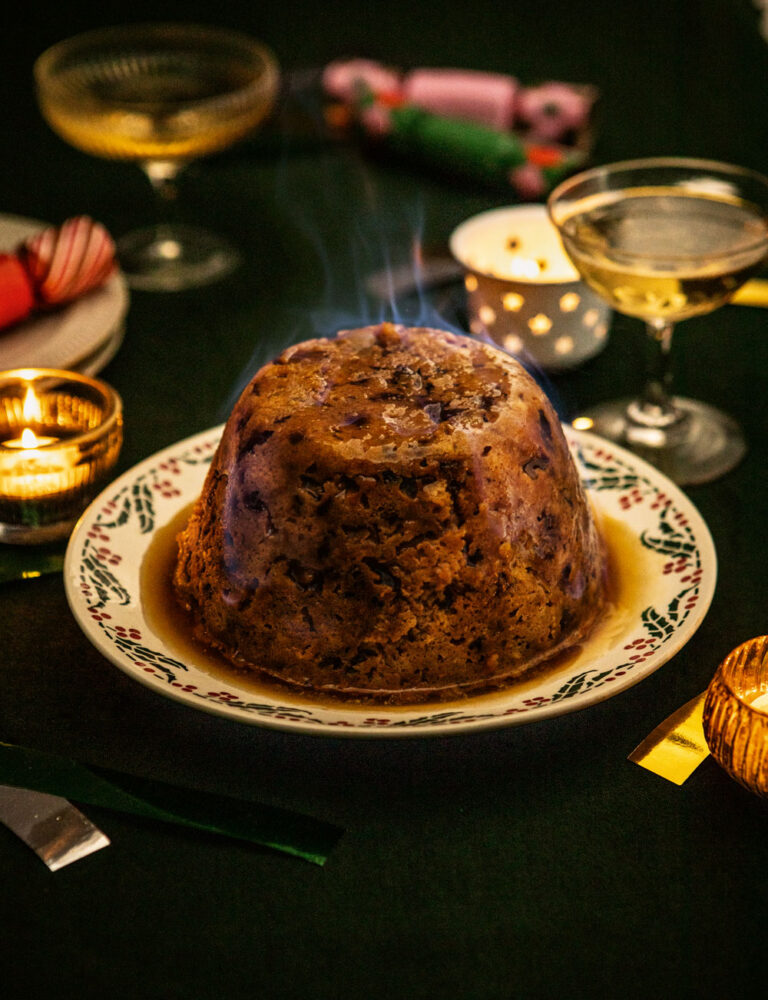What to Plant Now
Things are getting busy now in the veg patch. Well, really it’s the cold frame and the windowsills where it’s getting crowded. The raised beds are still quiet: I’ve chanced a few beetroot, sown a half-row of spinach, more radishes and spring onions – but it’s still just a touch chilly for anything more. Under cover, though, it is all action. This week I’ve sown peas, sugar snaps, mangetout, edible flowers, leeks and endives in trays in the unheated cold frame, and all the climbing beans – French, runner and Helda – in modules on the windowsill.
Climbing beans need a warm start. They like to be sown 3-5cm deep in long root-trainer modules, then kept warm and wet whilst they germinate. They will grow quickly, just like their fairytale beanstalk cousins, looping their growing tendrils around each other and ever upwards into a tangled mass. Every year I try to keep them to their own square of the module tray, and every year I fail. After all risk of frost is past (mid – late May) you can carefully untangle your beanstalk knot and plant them in the ground, two to each stake of a wigwam. I’ve had great success with them in wigwam-ed pots too, so long as you feed and water regularly.
The classic climbing green (or French) bean is Cobra, which is prolific and reliable. There are dwarf varieties too which don’t require staking but beware of pilfering mice at this easy-access height. Seed catalogues will tempt you with yellow or purple podded green beans like Blauhilde (purple) or Sunshine (yellow) but I find these may be pretty in the patch but are slimy and muted once cooked. I also grow Helda beans, which are a flat bean, like a runner but less tough, not furry and, in my opinion, the perfect bean.
What to Harvest Now
As you have gathered, the veg patch is more of a nursery than a graduation ceremony at the moment so there isn’t much to harvest this month: some herbs, a few leaves, the odd early radish, no bigger than a jelly bean.
But all of these half-harvests politely retire to shadows in April to make way for the true star of the month: asparagus.
There are two reasons why everyone gets so over-excited about asparagus. First, it has a very brief season and, short of growing it in greenhouses in Peru (though this is, bizarrely, an almost plausible option now), there is no way of forcing, advancing or extending that season. So it is rare.
The second reason is that it’s a pig to grow. No one commands respect like a gardener who can grow asparagus. It stays in the ground all year, taking up lots of valuable growing space; it is very fussy about the ground it is prepared to stay in (sandy but not loose, free-draining but still moist); and, it needs lots of empty space between each plant which you must keep utterly weed-free lest the diva asparagus plant feels crowded (it will tolerate no dandelion stealing the spotlight). Competing weeds must be hand-weeded not hoed because the asparagus roots are very close to the surface and hoeing risks chopping them up. Oh, and did I mention that when you first plant it (burying dormant crowns of shrivelled spindly roots in the soil) you must wait three, count them – THREE, years before the plant is sturdy enough for harvesting?
And should you prevail upon it to grow strong enough to pick, it must be hand-picked. Daily. All this makes it tricky for commercial growers to consider it a profitable crop. It’s like asparagus is trying to be as commercially un-viable as it possibly can be.
In a domestic setting too, few have the space to give over several square metres to asparagus, let alone the time to keep it the ground, which is basically bare soil for 10 months of the year, weed-free.
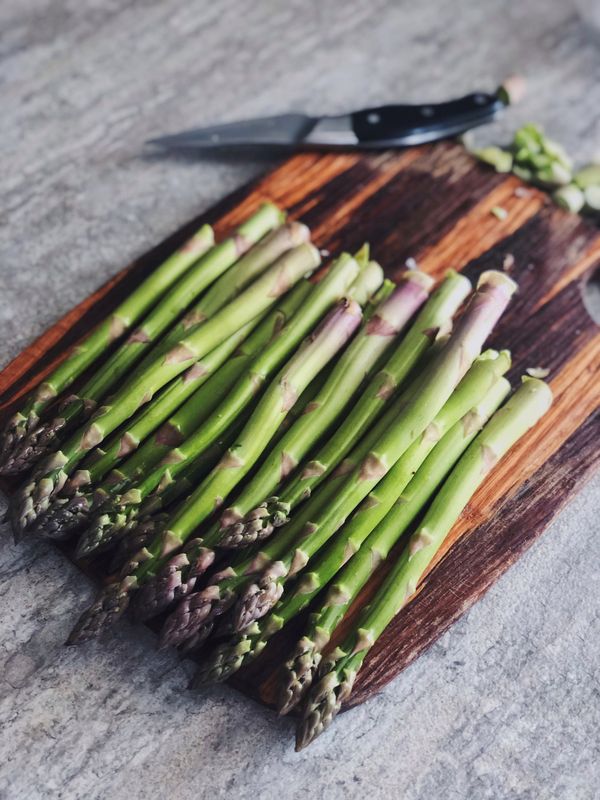
What to Cook with the Harvest
Most people who grow asparagus inherit a patch when they move into a house. And if not that, they are blessed with supernaturally green fingers and manage to make their own. Whether you are one of these charmed souls or whether you buy your asparagus from the wonderful British farmers who start picking this week, these recipes will give you every opportunity to gorge on this fleeting springtime harvest:
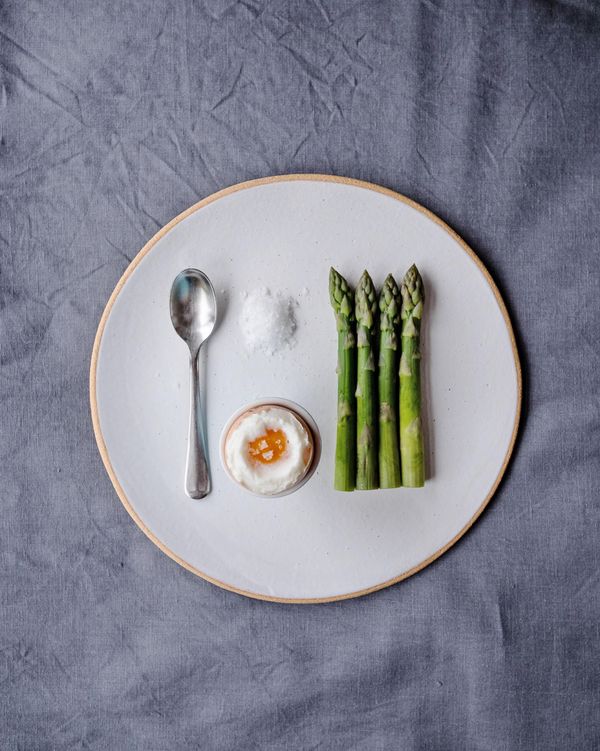
Steamed Asparagus with Soft-boiled Eggs and Salt
The first thing you should do with your asparagus harvest is almost nothing at all. Just steam it and devour. At most dunk it, as here. This is more of an assembly than a recipe but sometimes simple is best, and this is always the case with the first asparagus.
Find this recipe on my website here.
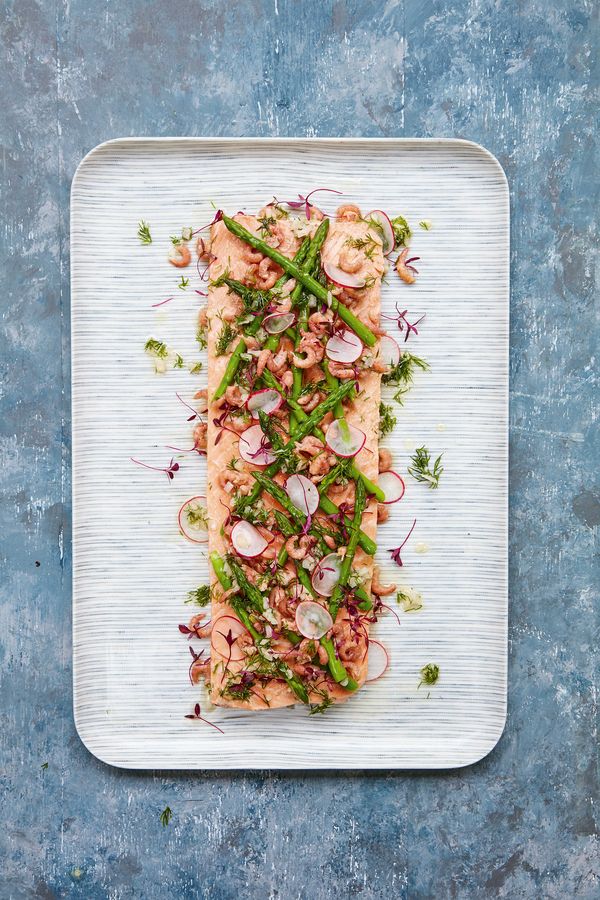
Poached Salmon with Asparagus and Brown Shrimp from Classic by Mary Berry
Both asparagus and poached salmon make me think of croquet and long summer lunches. This recipe from Mary Berry combines the two for a classic make-ahead centrepiece that would grace any English garden party.
Find Mary’s recipe here.
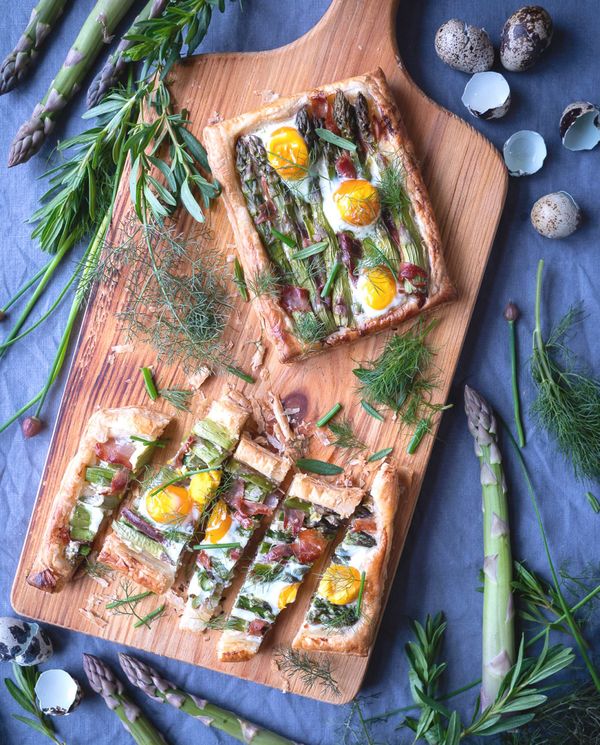
Asparagus, Ham and Quail Egg Tart
This beautiful spring tart looks glitzy on the plate but is super simple to make. It’s good sliced up to serve with drinks, or as a lunch with salad. Don’t worry about the quail’s eggs, they aren’t as fussy as they sound.
Find this recipe on my website here.
Kathy’s cookbook, From the Veg Patch, is out now.
From the book
Buy From
Find Kathy’s other monthly guides here: January, February, March, May, June, July.
